Find Help
More Items From Ergsy search
-
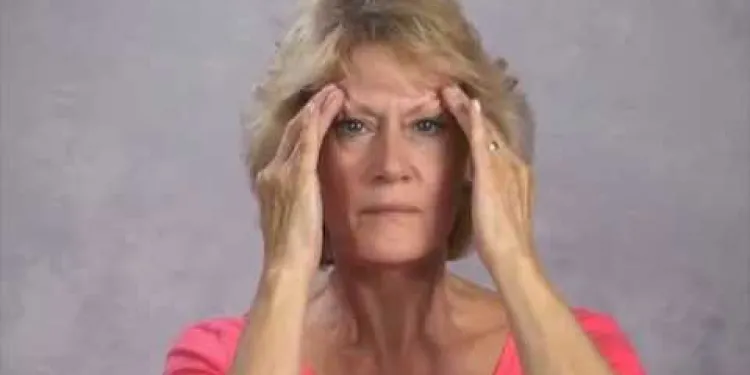
Facial exercise programme
Relevance: 100%
-
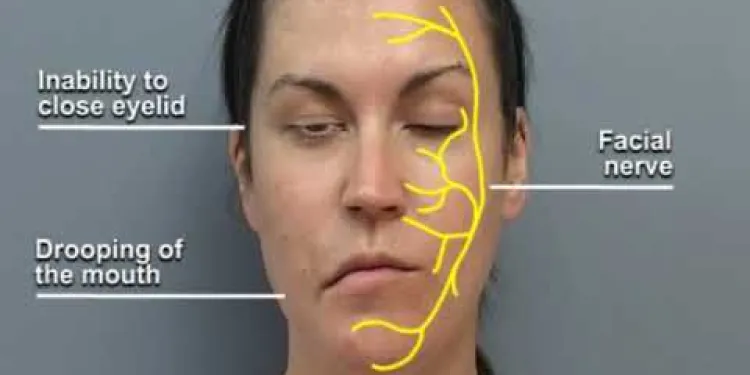
Understanding Facial Palsy
Relevance: 67%
-

Neck Exercises
Relevance: 37%
-
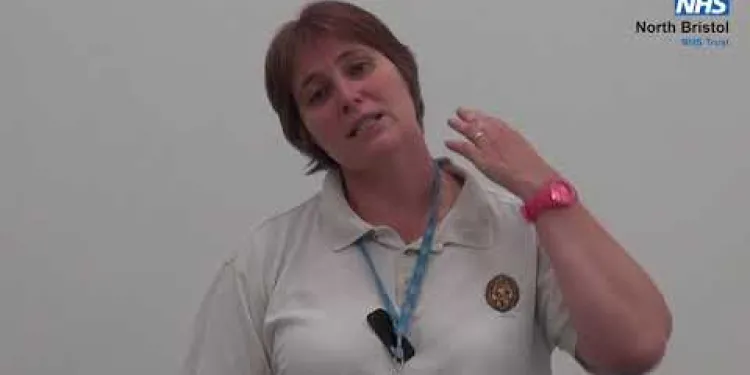
Neck Exercises
Relevance: 37%
-

Shoulder Exercises 1
Relevance: 37%
-
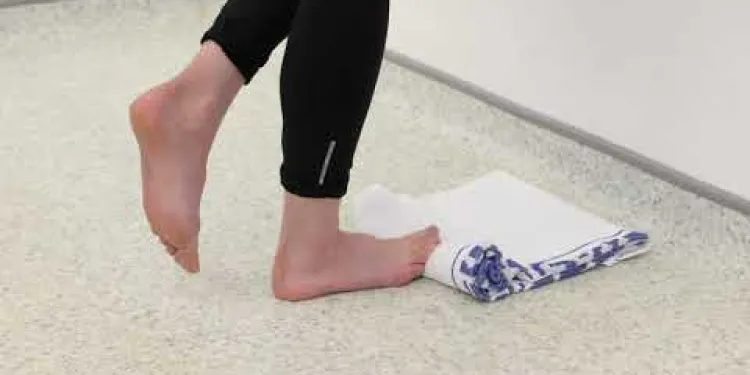
Plantar Fascia Loading Exercise (High Load Exercise)
Relevance: 36%
-
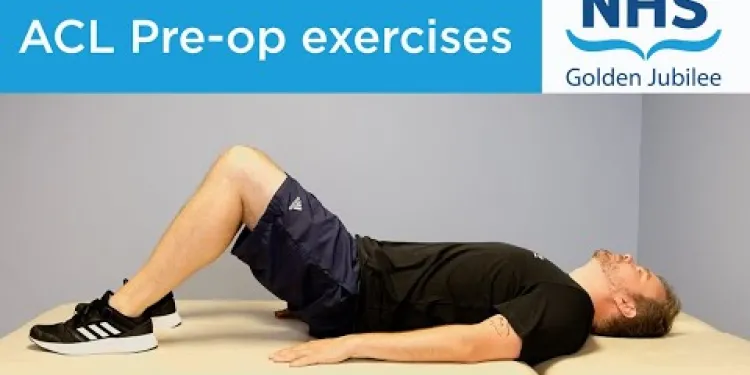
ACL pre-operation exercises
Relevance: 35%
-
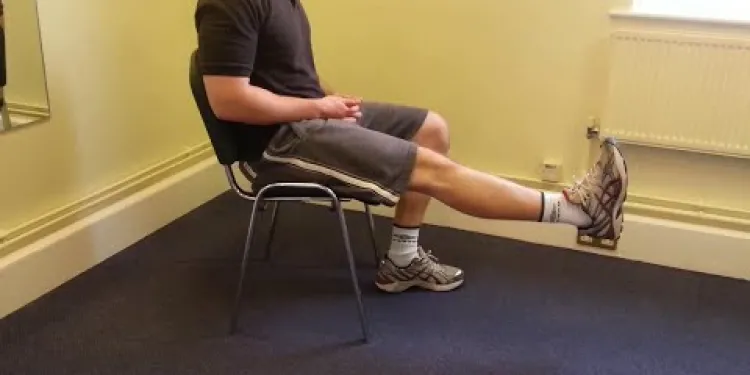
Knee Care Exercises
Relevance: 35%
-
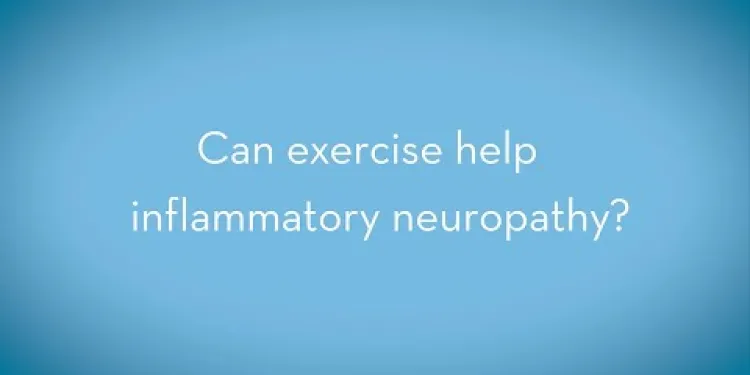
Exercise in patients with a neuropathy
Relevance: 34%
-
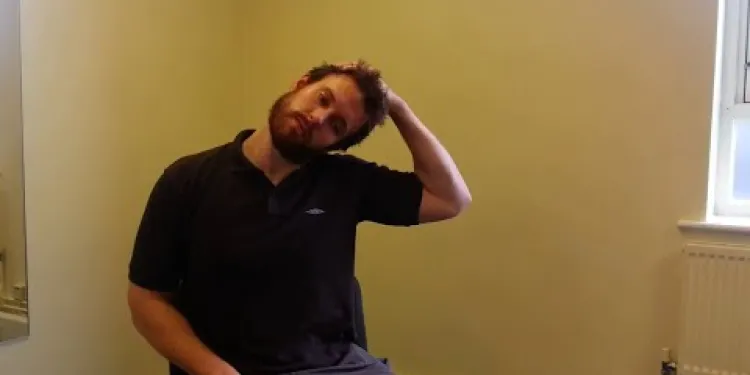
Neck Care Exercises
Relevance: 34%
-

Is it safe to exercise with a cold?
Relevance: 34%
-

ACL exercises post-operation
Relevance: 34%
-
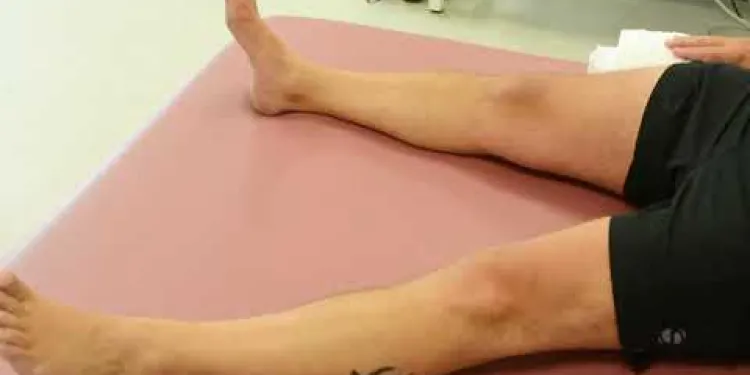
Joint School - Hip Exercises
Relevance: 33%
-
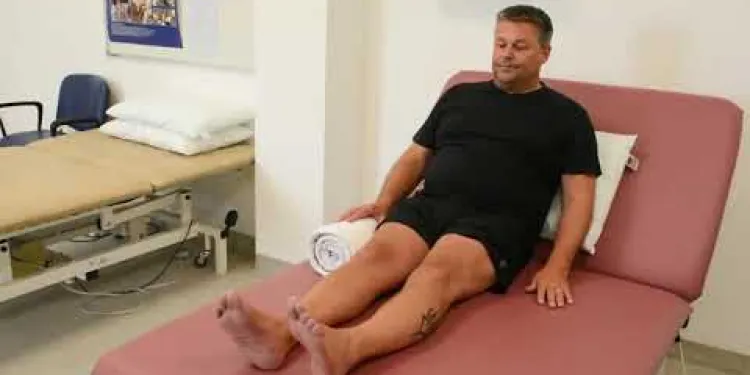
Joint School - Knee Exercises
Relevance: 33%
-

Will I be able to engage in physical exercise?
Relevance: 33%
-
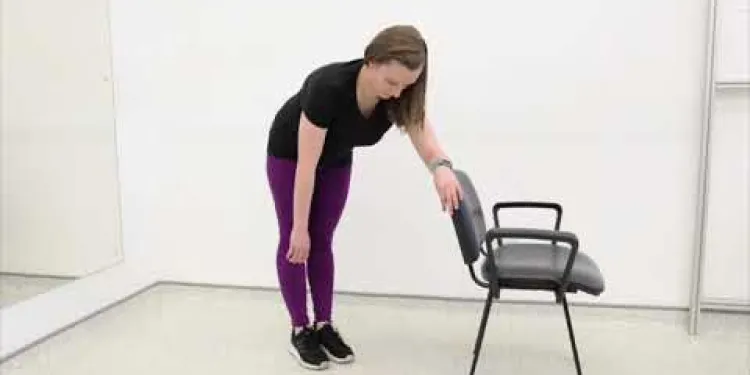
Frozen shoulder Pendular Exercises
Relevance: 33%
-
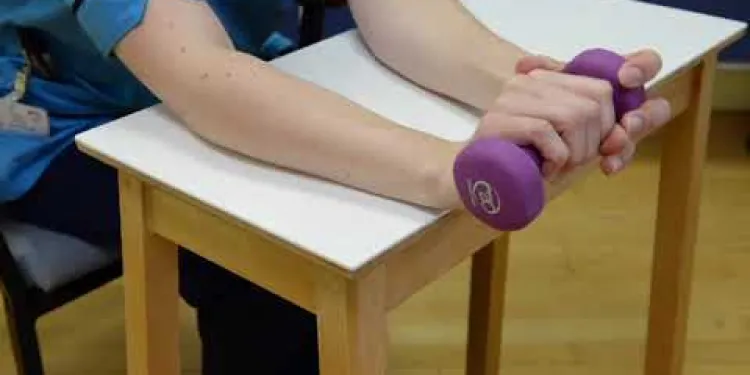
Elbow Eccentric Strengthening Exercise
Relevance: 33%
-

Exercise Routines for Busy Parents
Relevance: 32%
-
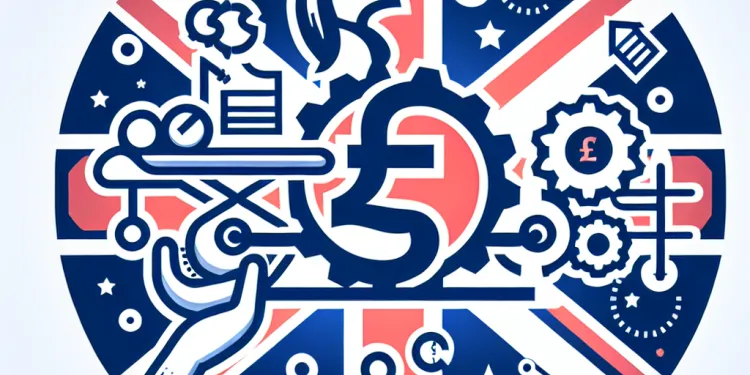
Can exercises help with labor preparation?
Relevance: 31%
-

Are there any exercises involved in air physiotherapy?
Relevance: 31%
-

How does exercise benefit pregnancy?
Relevance: 31%
-

Falls Prevention - strength and balance exercises
Relevance: 31%
-
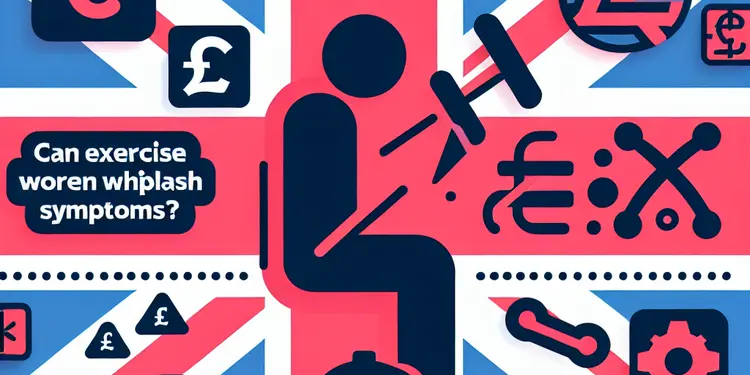
Can exercise worsen whiplash symptoms?
Relevance: 31%
-

Can exercise influence cortisol levels?
Relevance: 31%
-

Can I do high-impact exercises while pregnant?
Relevance: 31%
-

Can I do abdominal exercises during pregnancy?
Relevance: 31%
-
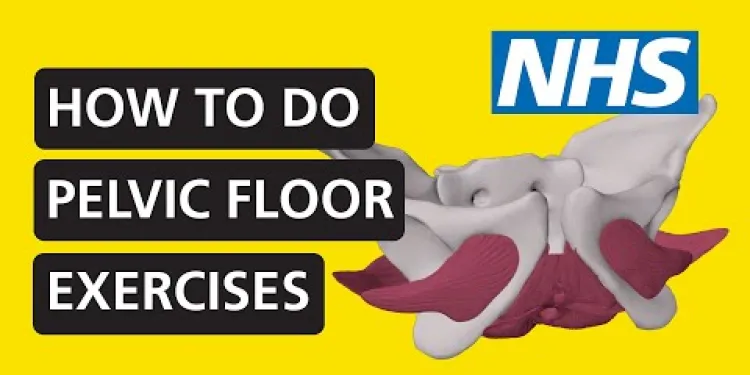
How to do pelvic floor exercises | NHS
Relevance: 31%
-
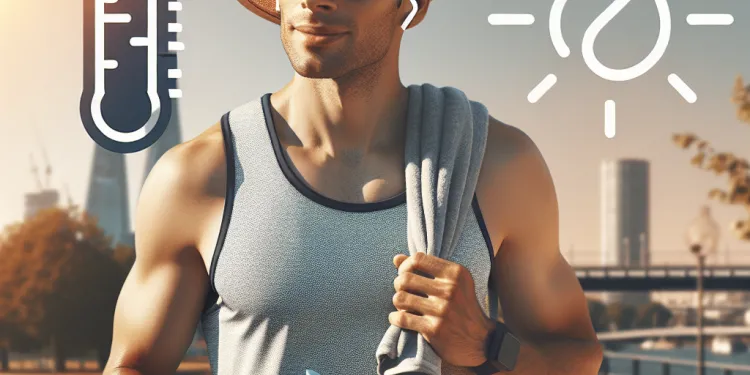
Is it safe to exercise outside during a heatwave?
Relevance: 31%
-

What exercises can I do during pregnancy?
Relevance: 31%
-

Can exercise trigger asthma symptoms?
Relevance: 31%
-
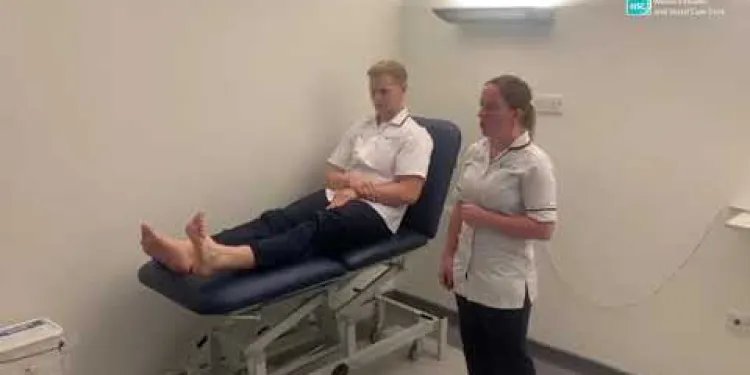
Physiotherapy Exercises following an Ankle Fracture
Relevance: 31%
-
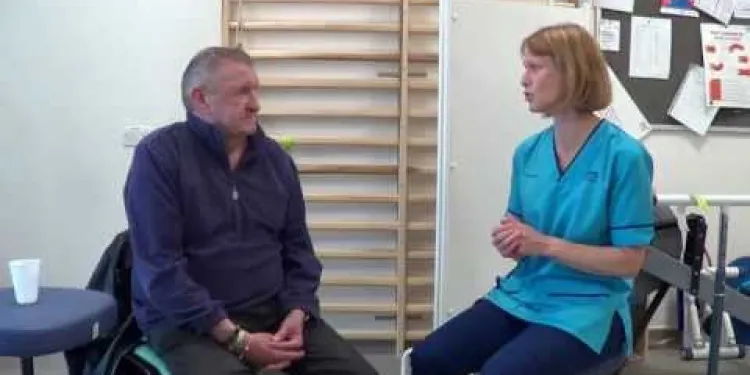
Clearing Your Chest with Breathing Exercises
Relevance: 31%
-
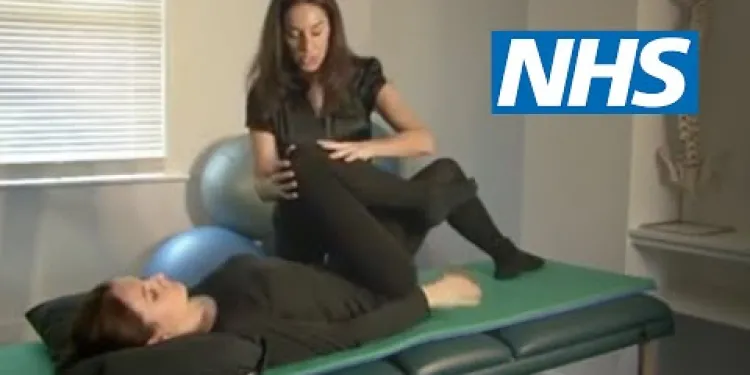
Exercises for sciatica: spinal stenosis | NHS
Relevance: 30%
-
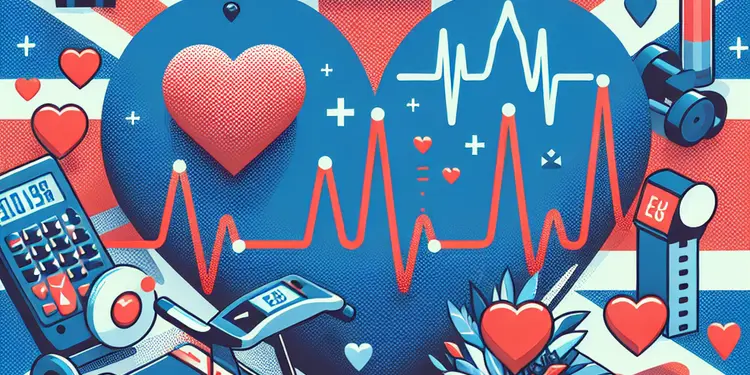
How does exercise impact heart failure?
Relevance: 30%
-

Exercises for sciatica: piriformis syndrome | NHS
Relevance: 30%
-

Can exercise help prevent gestational diabetes?
Relevance: 30%
-

Does physical exercise help people with CFS?
Relevance: 30%
-

Are there any exercises to avoid during pregnancy?
Relevance: 30%
-

How often should I exercise during pregnancy?
Relevance: 30%
-
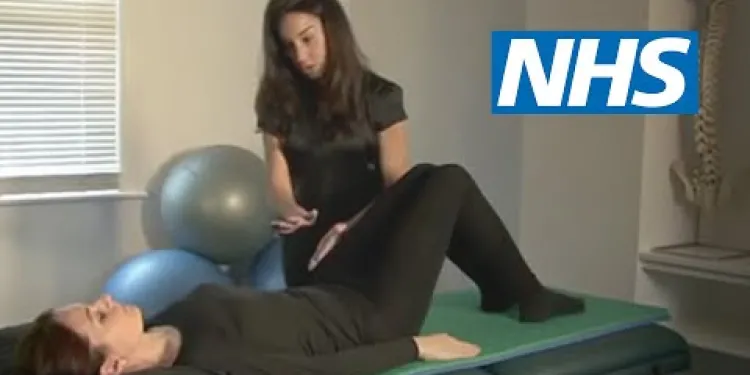
Exercises for sciatica: degenerative disc disease | NHS
Relevance: 30%
Facial Exercise Programme: Enhance Your Natural Beauty
In the pursuit of healthy and youthful skin, many in the United Kingdom are turning to facial exercises. This non-invasive approach can help stimulate facial muscles, improve blood circulation, and reduce the signs of aging. This guide will walk you through what a facial exercise programme is and how it can benefit you.
What is a Facial Exercise Programme?
A facial exercise programme involves a series of specific movements and stretches designed to target the muscles in your face and neck. By regularly practicing these exercises, you can tone your facial muscles, leading to improved elasticity and reduced wrinkles. Think of it as a workout routine, but for your face.
Benefits of Facial Exercises
There are numerous benefits to incorporating a facial exercise programme into your daily routine:
- Improved Circulation: Facial exercises help increase blood flow to your skin, providing essential nutrients and oxygen.
- Natural Facelift: Regular exercise can tighten and tone facial muscles, giving your face a more lifted and sculpted appearance.
- Reduced Wrinkles: Strengthening the underlying muscles can help smooth out fine lines and wrinkles.
- Enhanced Glow: Better circulation means a healthier, more radiant complexion.
Common Facial Exercises
Here are a few simple exercises you can try at home:
- The Cheek Lifter: Smile as wide as possible, then push your cheeks up toward your eyes. Hold for a few seconds and repeat.
- The Jawline Definer: Tilt your head back, look at the ceiling, and make an "O" shape with your mouth. Hold for 10 seconds and repeat.
- The Eye Smoother: Gently push up your eyebrows with your fingers while closing your eyes. Hold for a few seconds and relax.
How to Get Started
Starting a facial exercise programme is simple. Dedicate just a few minutes each day to perform these exercises. Consistency is key, so try to incorporate these routines into your daily skincare regimen. There are also plenty of resources available online, including video tutorials and apps specifically designed to guide you through facial workouts.
Conclusion
If you're in the UK and looking for a natural way to enhance your facial features, a facial exercise programme can be a fantastic addition to your routine. With regular practice, you'll likely notice a more toned, youthful, and radiant appearance. Always remember to pair these exercises with a good skincare routine and healthy lifestyle for the best results.
Facial Exercise Programme: Make Your Face Look Beautiful
Lots of people in the UK want to have healthy and young-looking skin. To do this, they are trying facial exercises. These exercises are safe and do not need any surgery. They can help your face muscles get stronger, make your blood flow better, and help you look younger. This guide will tell you what facial exercises are and how they can help you.
What is a Facial Exercise Programme?
A facial exercise programme is a set of movements and stretches you do with your face and neck. Doing these exercises often can make your face muscles stronger and reduce wrinkles. It is like exercising your body, but for your face.
Benefits of Facial Exercises
Doing facial exercises every day can give you many benefits:
- Better Blood Flow: Doing exercises for your face helps your skin get more blood, which brings it nutrients and oxygen.
- Natural Face Lift: When you do exercises, your face muscles become tight and strong, making your face look lifted.
- Less Wrinkles: When face muscles are strong, they help smooth out lines and wrinkles.
- Healthy Glow: Good blood flow makes your skin glow and look healthy.
Common Facial Exercises
Here are some easy exercises you can do at home:
- The Cheek Lifter: Smile as big as you can, and push your cheeks up toward your eyes. Hold it for a few seconds. Do this again.
- The Jawline Definer: Lean your head back, look at the ceiling, and make an "O" with your mouth. Hold it for 10 seconds. Do it again.
- The Eye Smoother: Gently lift your eyebrows with your fingers while you close your eyes. Hold it for a few seconds. Then relax.
How to Get Started
Starting these exercises is easy. Take a few minutes each day to do them. Doing them every day is important. Try to make them part of your daily routine. There are also many videos and apps online to help you know how to do these exercises.
Conclusion
If you live in the UK and want a natural way to make your face look better, try facial exercises. With practice, you might see your face looking stronger, younger, and glowing. Remember to also take care of your skin with a good skincare routine and live a healthy life for the best results.
Frequently Asked Questions
What is a facial exercise programme?
A facial exercise programme involves specific techniques and routines designed to strengthen the muscles in the face, aiming to improve facial tone, appearance, and overall skin health.
Are facial exercises effective?
Many people report positive results from regularly performing facial exercises, such as improved muscle tone, reduced wrinkles, and a more youthful appearance. However, individual results can vary.
How often should I do facial exercises?
It is generally recommended to perform facial exercises daily or at least several times a week for the best results. Consistency is key to seeing improvements.
Can facial exercises prevent wrinkles?
Facial exercises can help to strengthen and tone facial muscles, which may contribute to a smoother appearance and potentially delay the formation of some wrinkles. However, they are not a guaranteed method to prevent wrinkles entirely.
Is it necessary to use any equipment for facial exercises?
Most facial exercises can be performed without any special equipment, relying on the use of your hands and facial muscles. Some people may choose to use tools like face rollers or resistance bands, but they are not essential.
Are facial exercises safe for everyone?
Facial exercises are generally safe for most individuals. However, those with specific medical conditions affecting the face or neck, or those who have recently had facial surgery, should consult a healthcare professional before starting.
Can facial exercises help with facial asymmetry?
Facial exercises may help improve muscle balance and symmetry over time. Consistent practice targeting specific areas can contribute to a more balanced facial appearance.
Do I need to warm up before performing facial exercises?
It can be beneficial to gently massage your face and neck to increase blood flow before starting your facial exercise routine. This helps prepare the muscles for the workout.
How long does it take to see results from facial exercises?
Results from facial exercises can vary, but many people start to see improvements within a few weeks to a couple of months of consistent practice.
Can I combine facial exercises with other facial treatments?
Yes, facial exercises can be combined with other facial treatments like skincare routines, facials, or even non-invasive cosmetic procedures to enhance overall results.
What are some common facial exercises?
Some common facial exercises include the cheek puff, eyebrow lift, jaw release, and neck stretch. These exercises target different facial muscles to improve tone and flexibility.
Can facial exercises help with double chins?
Certain facial exercises targeting the neck and jaw area may help to reduce the appearance of a double chin by strengthening and toning the muscles in that region.
Do facial exercises help with sagging skin?
Regular facial exercises can help to tone and firm facial muscles, which might reduce the appearance of sagging skin over time.
Is there an age limit for starting facial exercises?
There is no specific age limit for starting facial exercises. People of all ages can benefit from these exercises, though results and techniques may vary based on age and skin condition.
How can I learn the correct techniques for facial exercises?
To learn the correct techniques, consider seeking guidance from a qualified facial exercise instructor, watching instructional videos, or following a reputable facial exercise programme.
What is a facial exercise programme?
A facial exercise programme is when you do exercises for your face. These exercises help make your face muscles strong.
Just like running helps your leg muscles, facial exercises help your face.
Here are some tips to help:
- Try doing the exercises in front of a mirror.
- Ask someone to help you if you need it.
- Practice a little bit every day.
A facial exercise program is like a workout for your face. It uses special movements to make your face muscles stronger. This can help your face look better and keep your skin healthy.
Do exercises for your face work?
A lot of people say doing face exercises helps them look better. It can make muscles stronger, make wrinkles smaller, and make them look younger. But, it might not be the same for everyone.
How many times should I do face exercises?
You can do face exercises every day.
It helps if you do them 5 to 10 minutes a day.
You can try using a mirror to help you see your face.
Listen to music or use a timer to keep track of time.
It is a good idea to do face exercises every day or a few times each week. Doing them often helps you get better results.
Can exercises for your face stop wrinkles?
Some people get lines on their skin called wrinkles as they get older. These wrinkles can show on your face.
Doing exercises for your face might help slow down these lines from appearing. But, it is not certain if they really stop wrinkles.
Good ways to help your skin can be:
- Eating healthy food like fruits and vegetables.
- Drinking lots of water every day.
- Using sunscreen to protect your skin from the sun.
Remember, it's good to ask a doctor if you have questions about your skin. They can offer the best advice for you.
Doing exercises for your face can make your face muscles stronger. This might help your skin look smoother and might slow down getting some wrinkles. But, these exercises cannot completely stop wrinkles.
Do you need to use any tools for face exercises?
You can do most face exercises using just your hands and the muscles in your face. You don't need special tools. Some people might use things like face rollers or stretchy bands, but you don’t have to use them.
Is it safe for everyone to do face exercises?
Doing face exercises is safe for most people. But, if you have medical problems with your face or neck, or if you just had face surgery, talk to a doctor before you start.
Can face exercises make my face look even?
Facial exercises can help make your face more even. If you do these exercises regularly, they can make your face muscles stronger and more balanced.
Should I do a warm-up before doing face exercises?
Yes, it is good to do a warm-up before you start exercises for your face. A warm-up helps your muscles get ready. It can stop you from getting hurt.
You can gently rub your face with your fingers. This helps your face muscles wake up.
Try using a mirror. You can see your face and make sure you do the moves right.
Rubbing your face and neck softly can help. It makes the blood move more. Do this before you start face exercises. It helps get your muscles ready.
How long until I see changes from face exercises?
Doing exercises for your face can help you feel good about how you look. But changes take time. You might need weeks or even months to notice differences. Don't give up!
Try doing these exercises every day. Doing them the same time each day can help you remember. This is called making a routine.
If you want help, you can use a timer or ask someone to remind you. There are also apps that can help you track your progress.
Doing face exercises can help, but it takes some time. Most people see changes after a few weeks or a couple of months if they do the exercises often.
Can I do face exercises and other face treatments together?
Yes, you can do face exercises and other face treatments at the same time. Face exercises help make your face muscles strong. Other treatments can also help your skin look nice. If you want to use both, it might be a good idea to ask a skin doctor or expert. They can tell you what is best for you. You can also use a mirror to help you see if you are doing the exercises right. That is a helpful tool.Yes, you can do face exercises with other face treatments. You can do them with skincare, facials, or safe cosmetic treatments to make everything work better.
What are some simple face exercises?
Here are some easy face exercises you can try:
- Smile big. Hold it for a few seconds, then relax.
- Puff out your cheeks with air. Hold, then let it out.
- Open your mouth wide like you are surprised. Hold, then close.
- Raise your eyebrows as high as you can. Hold, then relax.
- Wrinkle your nose like you smell something funny. Hold, then relax.
Remember to do these exercises gently. If it hurts, stop.
Using a mirror can help you see how your face moves.
Here are some fun face exercises you can try:
- Cheek Puff: Fill your cheeks with air like you're a big balloon.
- Eyebrow Lift: Lift your eyebrows up and down like you're surprised.
- Jaw Release: Move your jaw like you're chewing something yummy.
- Neck Stretch: Tilt your head to the side like you're trying to touch your shoulder with your ear.
These exercises help make your face muscles strong and stretchy!
Tools to help you remember: You can set a reminder on your phone to do these exercises. You can also put a sticky note on your mirror.
Do face exercises help get rid of double chins?
Face exercises are like workouts for your face. They can be fun and help your face feel good.
If you have a double chin, some people say face exercises can help. You can try things like:
- Sticking your tongue out.
- Looking up and blowing kisses.
- Chewing gum.
These can make your neck and chin muscles stronger.
Ask an adult or use videos to help you learn how to do the exercises safely.
Remember, it's good to eat healthy foods and stay active too!
Doing special face exercises can make your neck and jaw stronger. This might help make a double chin look smaller.
Can face exercises help with loose skin?
Doing face exercises often can make your face muscles stronger. Stronger muscles can make your skin look less droopy.
Can I start face exercises at any age?
You can do face exercises no matter how old you are. It's safe for everyone.
A few things might help:
- Start slow and be gentle.
- Watch videos or look at pictures to see how to do it right.
- Ask a grown-up if you have questions.
Anyone can do face exercises, no matter how old they are. It helps people of all ages. But, how well it works might be different for each person, depending on how old they are and how their skin looks.
How can I learn the right way to do face exercises?
Face exercises can help your face feel and look good. Here is how you can learn them:
- Watch videos: Go online and look for videos that show how to do face exercises. You can pause and practice with them.
- Read simple guides: Find books or websites with easy steps to follow. Look for guides with pictures to help you understand.
- Ask an expert: Talk to someone who knows about face exercises. They can show you the right way to do them.
- Use apps: Download apps on a smartphone or tablet. These apps can show you how to practice the exercises.
Remember to start slowly and be patient with yourself. You will get better with practice!
To learn how to do face exercises the right way, you can get help from a teacher who knows face exercises, watch helpful videos, or follow a trusted face exercise plan.
Useful Links
- Ergsy carfully checks the information in the videos we provide here.
- Videos shown by Youtube after a video has completed, have NOT been reviewed by ERGSY.
- To view, click the arrow in centre of video.
- Most of the videos you find here will have subtitles and/or closed captions available.
- You may need to turn these on, and choose your preferred language.
- Go to the video you'd like to watch.
- If closed captions (CC) are available, settings will be visible on the bottom right of the video player.
- To turn on Captions, click settings .
- To turn off Captions, click settings again.
More Items From Ergsy search
-

Facial exercise programme
Relevance: 100%
-

Understanding Facial Palsy
Relevance: 67%
-

Neck Exercises
Relevance: 37%
-

Neck Exercises
Relevance: 37%
-

Shoulder Exercises 1
Relevance: 37%
-

Plantar Fascia Loading Exercise (High Load Exercise)
Relevance: 36%
-

ACL pre-operation exercises
Relevance: 35%
-

Knee Care Exercises
Relevance: 35%
-

Exercise in patients with a neuropathy
Relevance: 34%
-

Neck Care Exercises
Relevance: 34%
-

Is it safe to exercise with a cold?
Relevance: 34%
-

ACL exercises post-operation
Relevance: 34%
-

Joint School - Hip Exercises
Relevance: 33%
-

Joint School - Knee Exercises
Relevance: 33%
-

Will I be able to engage in physical exercise?
Relevance: 33%
-

Frozen shoulder Pendular Exercises
Relevance: 33%
-

Elbow Eccentric Strengthening Exercise
Relevance: 33%
-

Exercise Routines for Busy Parents
Relevance: 32%
-

Can exercises help with labor preparation?
Relevance: 31%
-

Are there any exercises involved in air physiotherapy?
Relevance: 31%
-

How does exercise benefit pregnancy?
Relevance: 31%
-

Falls Prevention - strength and balance exercises
Relevance: 31%
-

Can exercise worsen whiplash symptoms?
Relevance: 31%
-

Can exercise influence cortisol levels?
Relevance: 31%
-

Can I do high-impact exercises while pregnant?
Relevance: 31%
-

Can I do abdominal exercises during pregnancy?
Relevance: 31%
-

How to do pelvic floor exercises | NHS
Relevance: 31%
-

Is it safe to exercise outside during a heatwave?
Relevance: 31%
-

What exercises can I do during pregnancy?
Relevance: 31%
-

Can exercise trigger asthma symptoms?
Relevance: 31%
-

Physiotherapy Exercises following an Ankle Fracture
Relevance: 31%
-

Clearing Your Chest with Breathing Exercises
Relevance: 31%
-

Exercises for sciatica: spinal stenosis | NHS
Relevance: 30%
-

How does exercise impact heart failure?
Relevance: 30%
-

Exercises for sciatica: piriformis syndrome | NHS
Relevance: 30%
-

Can exercise help prevent gestational diabetes?
Relevance: 30%
-

Does physical exercise help people with CFS?
Relevance: 30%
-

Are there any exercises to avoid during pregnancy?
Relevance: 30%
-

How often should I exercise during pregnancy?
Relevance: 30%
-

Exercises for sciatica: degenerative disc disease | NHS
Relevance: 30%


